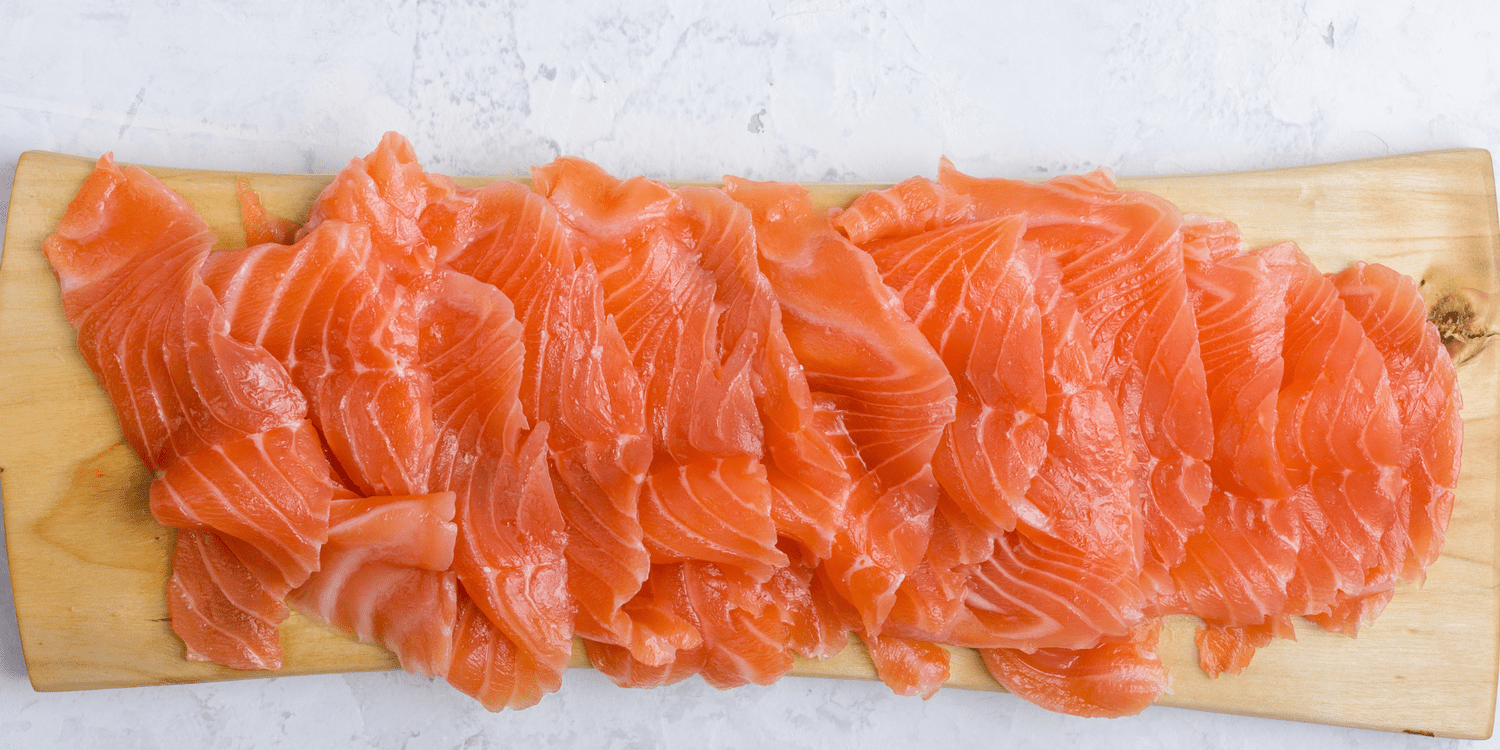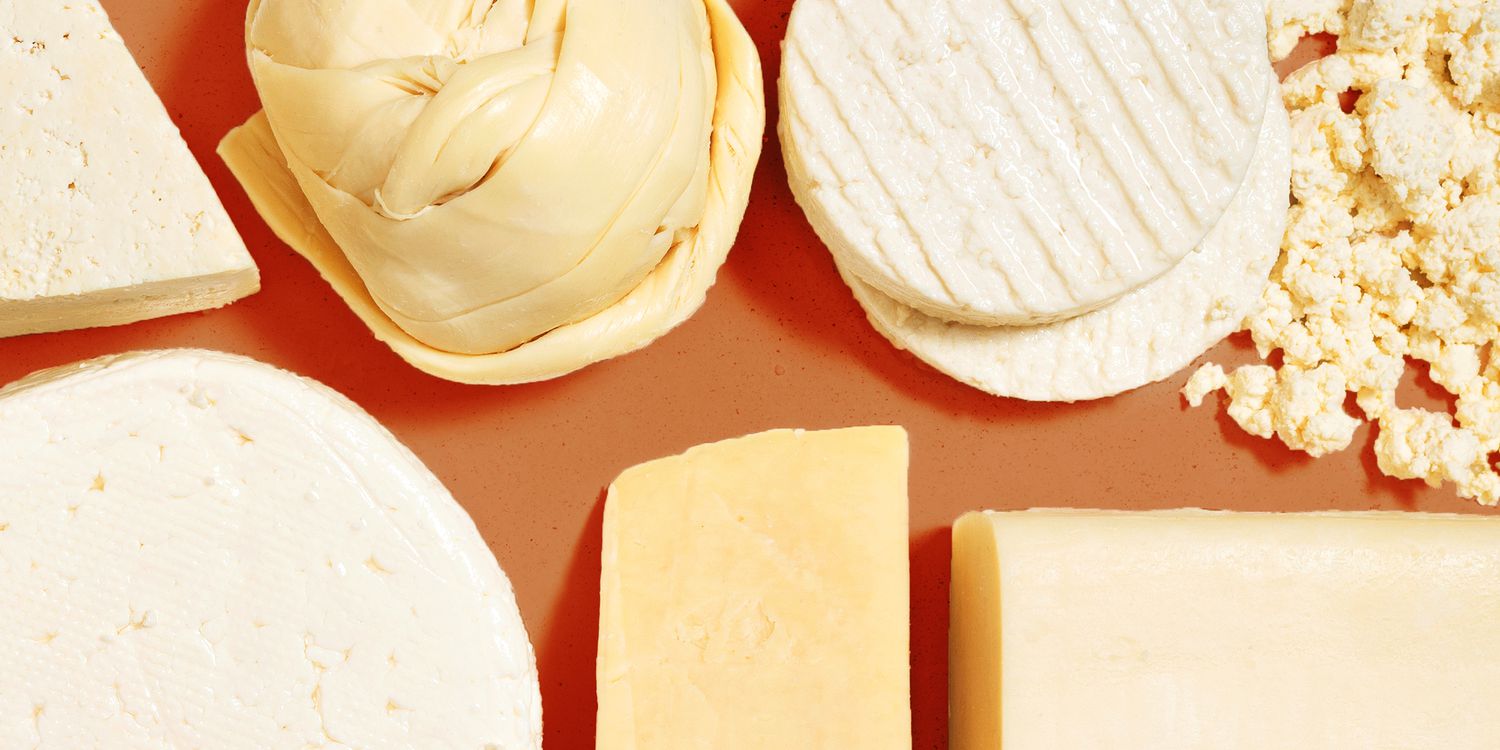Kiwi are odd fruits; they don’t really resemble other produce we usually encounter, technically they’re a berry, and despite looking like a hairy egg, the brown skin is actually safe to eat. If you love these juicy, tart green fruits but are a bit puzzled about how to store them, don’t worry; you’re not alone. There are a few easy tips to follow to ensure your kiwi is stored correctly so you can enjoy these delicious fruits for as long as possible.
Where Is the Best Place to Store Kiwis?
The best place to store kiwi depends on how ripe they are. Unlike some other fruits, kiwis continue to ripen after being picked, so how you store them can slow down or speed up this process. If you’re lucky and snagged a handful of perfectly ripe kiwis from the store or farmers market, the best place to store them is in the fridge. The low temperature and controlled humidity will help keep your kiwis at peak ripeness. However, the fridge can’t stop spoiling indefinitely, so be sure to eat them within a few days.
If your kiwis are still slightly firm and need more time to get perfectly ripe, keep them on the counter. If you have a paper bag, kiwis love the darkness and moisture retention they provide. If not, a fruit bowl or simply on the counter is okay so long as nothing is stacked on top of the kiwi and they have room to breathe. Additionally, make sure to store them away from apples, bananas, and other produce that releases ethylene gas, as that can take your kiwis from unripe to totally rotten in a flash.
How to Store Kiwis
In the Fridge
The cool temperatures in the refrigerator are like pressing the slow-mo button when it comes to fruit ripeness. If your kiwis are perfectly ripe, pop them in a perforated plastic bag or loosely wrap them in the plastic produce bags from the grocery store and place them in the crisper drawer. Avoid stacking anything on top of them, as they can get easily squashed. Here, ripe kiwis should last about two weeks. If you decide to store under-ripe kiwis in the fridge, you can get up to four weeks out of them.
Room Temperature on the Counter
Kiwis are very tender fruits, so they like conditions where they aren’t crowded or stacked on each other. Aim to keep your kiwis in a single layer with room for them to breathe. On the counter, kiwis are stored best in a paper bag, loosely sealed. This keeps fruit flies out and the moisture in. If your kiwis are underripe, store them outside the fridge at room temperature to allow them to ripen. If they’re particularly hard and unripe, store them with an apple or banana in a paper bag, as the ethylene gas they emit will significantly speed up the process.

Get the recipe: Tropical Kiwi Ice Pops
How to Freeze Kiwi
Even though it might seem convenient, we don’t recommend freezing kiwi whole. Whole kiwi can take a long time to thaw, is nearly impossible for blenders to adequately break up, and they’re extremely challenging to peel after they’ve been frozen.
For best results, we recommend slicing them first. You can peel them or leave the peel on, but peeled kiwis have a better texture once they’re thawed. Simply cut your kiwi into small cubes or slices, spread them out in an even layer on a silicone or parchment-lined baking tray, and pop the tray in the freezer. After about three or four hours, the kiwi should be frozen solid. Transfer the fruit into a zip-top bag or other airtight, freezer-safe storage container. Label and date your kiwi and then plan to use them within a year.
How to Tell If Kiwi Has Gone Bad
Look for tears, bruises, or soft spots; all of these usually signify an overripe and mushy interior. Kiwi lose a lot of their moisture as they approach spoilage, so any wrinkly patches of skin can indicate that the fruit is beginning to dry out and is past its prime. As always, any mold spots are a clear indicator that the fruit is bad and should be thrown away. If everything looks good on the outside, squeeze it. A ripe kiwi is soft and slightly yielding; anything that feels overly soft or squishes is a surefire sign it’s time to toss.
Related:
- What Are Kiwi Berries?
- What Is Passion Fruit?
- How to Cut a Kiwi




